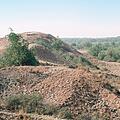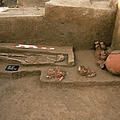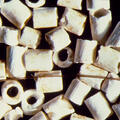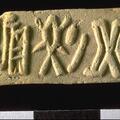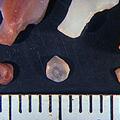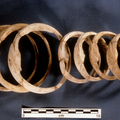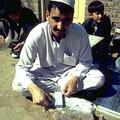Excavations at Harappa 2000-2001: New Insights on Chronology and City Organization
Through a comparative study of the artifacts, pottery, architecture, faunal, and botanical remains of Harappa, an increasingly sophisticated view is obtained of the complex and dynamic political, ideological, and economic processes that were an integral part of Harappan urban society.

